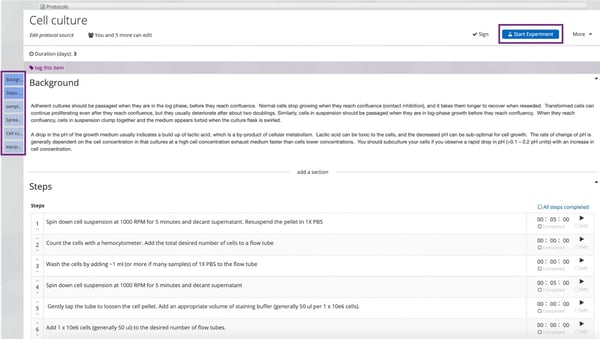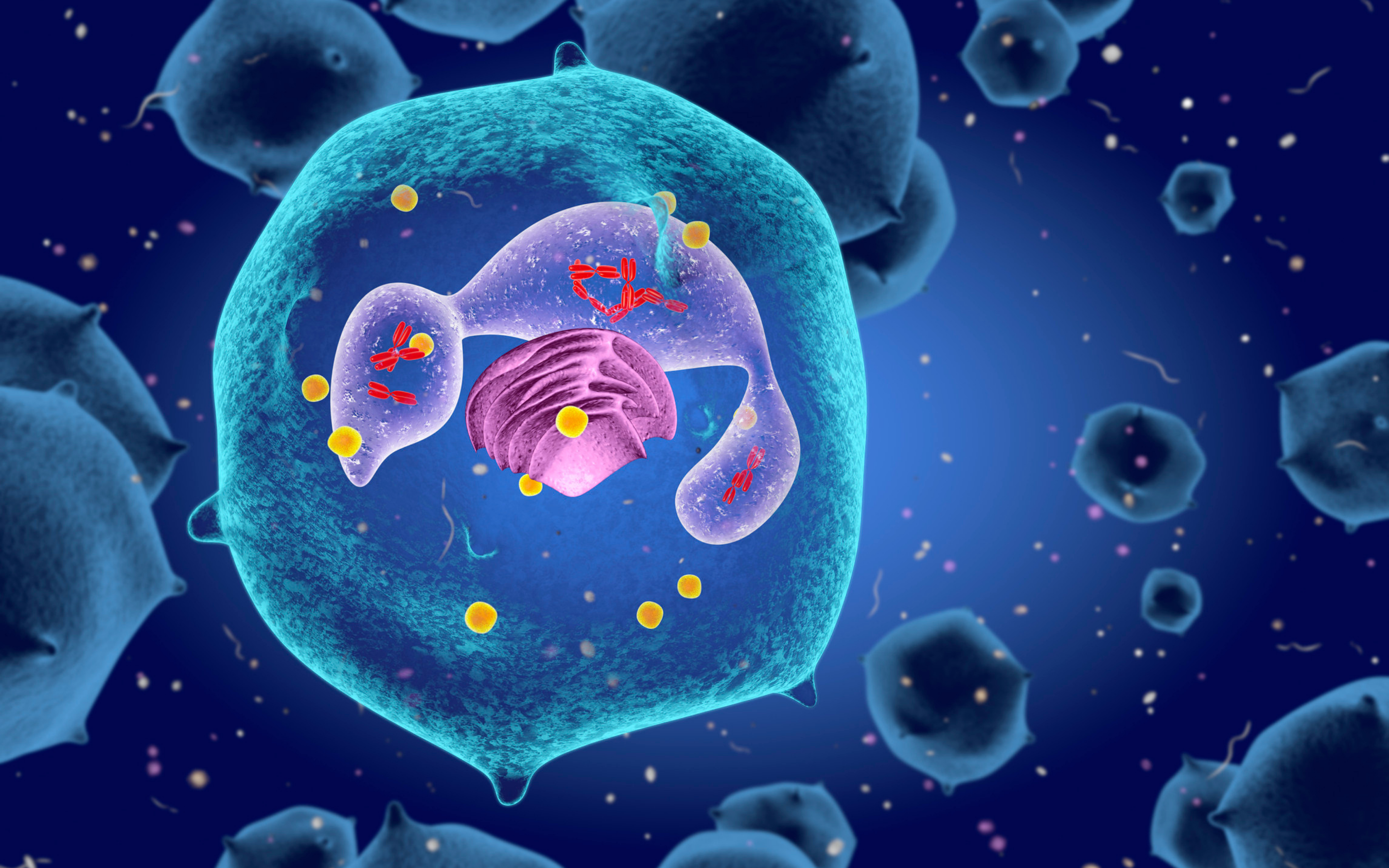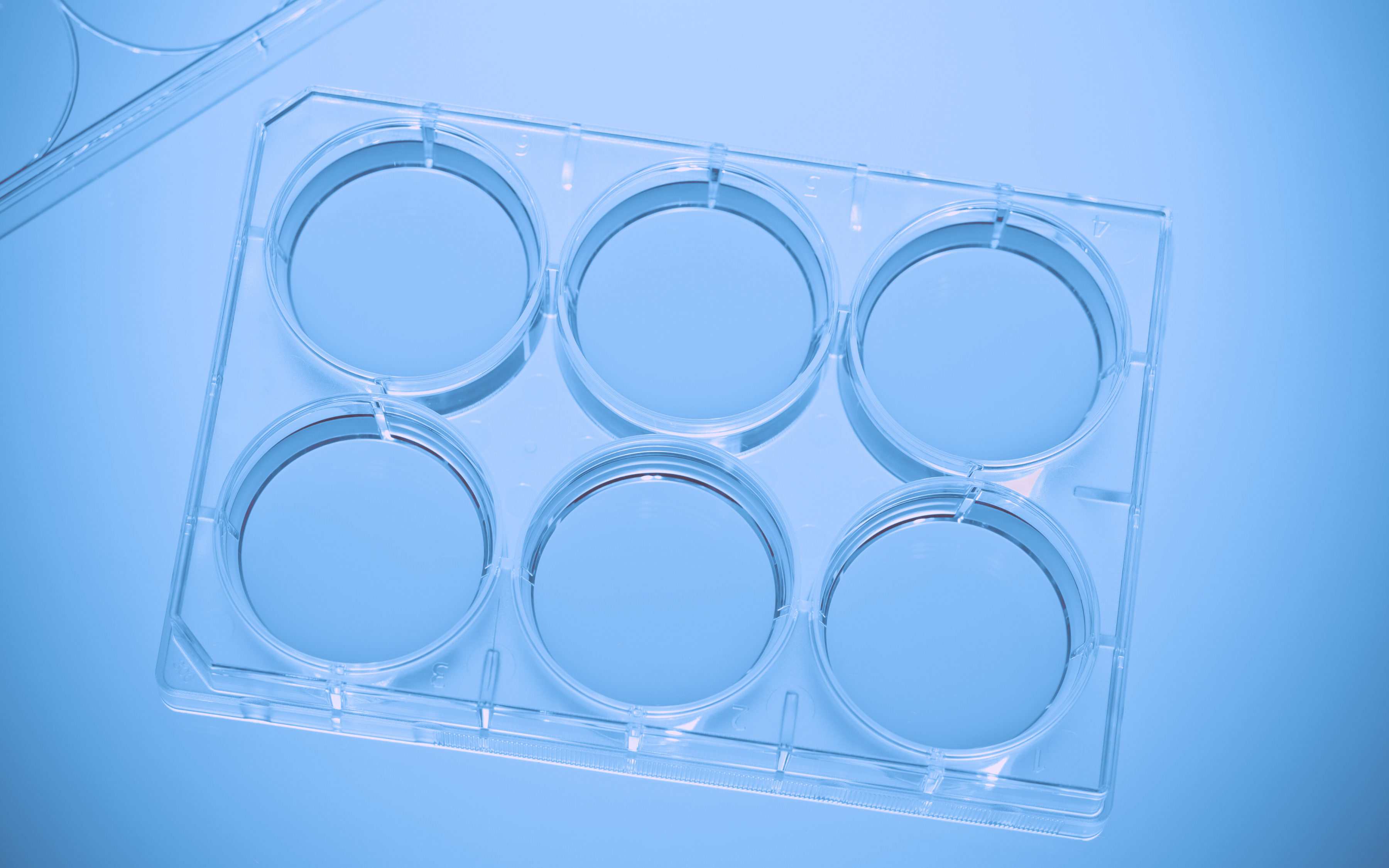"To meet the accelerating demand for innovation means that we need to find and implement advanced means of knowledge collection, retention and sharing. The Labguru ELN is a core component of our strategy to this end."
Encapsys is the world’s largest stand-alone chemical microencapsulator and is dedicated to the development, manufacture, and supply of microencapsulated products. Our history goes back to the first commercial success of microcapsules for use in carbonless paper applications in the 1950s. We manufacture tens of thousands of tons of microencapsulated products for use around the globe. Many of the products we design and manufacture are developed in close collaboration with other companies that often incorporate our microcapsules in their products for controlled release, improved compatibility with other materials or for increased efficiency.
We interviewed Dennis Behreandt who is the Knowledge Management Specialist, web and graphic designer, and content developer of the company. Dennis is responsible for implementing Labguru across Encapsys.
Tell us more about what your lab does
Our scientists originally developed the techniques of chemical microencapsulation, and our laboratory today continues to perform research and development work on new encapsulation-based products. We use Labguru for both lab development work, analytical work, and scale-up work.
What were the key challenges your lab was facing before using Labguru?
We faced a pair of very significant challenges before implementing Labguru at Encapsys. First, and most fundamentally, was knowledge replication and transmission. For decades we used traditional bound lab notebooks for recording lab work. While these have the advantage of long-term durability, they have several disadvantages, especially with regard to standards of data quality, retrieval and legibility. Unevenness in these areas is a hindrance to efficient transmission of knowledge from researcher to researcher, either contemporaneously or across generations of researchers, and this serves as an impediment to both creativity and innovation. It is essential to underscore just how important this is. In most market spaces today, consumers have adapted to, and have come to expect, an acceleration in innovation. This puts pressure on companies serving those markets, and those companies pass that pressure onto their suppliers. For us, this means that our scientists and engineers need to develop new and more sophisticated models of physical phenomena at the micro- and nanoscale with more efficiency and more rapidity. Moreover, our cross-functional teams of scientists, engineers and business leaders need to take what was learned in the laboratory and move that knowledge into actual production, at scale, of the new technologies demanded at all levels of the market. To meet the accelerating demand for innovation means that we need to find and implement advanced means of knowledge collection, retention and sharing. The Labguru ELN is a core component of our strategy to this end.
Secondarily, we want our team to maintain good laboratory practices, quality assurance, and safety procedures, all of which are impacted by the capabilities of our record-keeping systems. Here, too, the use of Labguru has brought essential efficiencies into play for our enterprise.
Why did you choose Labguru?
We examined several electronic notebook solutions, both on-premise and cloud-based. We quickly ruled out on-premise because we wanted to focus our corporate resources on science rather than on tech support and because we did not want to lock our data into a proprietary system with difficult and challenging upgrade cycles. For the remaining candidates, we looked at standard system metrics such as system uptime, accessibility and support. Ultimately the choice came down to two competing alternatives, one of which was somewhat less expensive than Labguru. But, as in many areas, you get what you pay for and the attention to detail that is evident both in the design of Labguru itself and in the willingness of the Labguru team to work with us to address our questions, concerns, and needs made it clear that Labguru was the right choice.
What was your overall goal when starting to use Labguru?
Our goals for Labguru, post-implementation, were to alleviate our pain points including our need to bolster our capabilities in information retention and transmissibility and to drive innovation and accuracy in furtherance of our top-flight quality assurance initiatives, product design, scale-up and delivery to market.
How did Labguru help you?
We implemented Labguru at the same time as our new laboratory entered service. As a result, we were able to improve our laboratory policies immediately by eliminating the use of traditional lab notebooks. Labguru has also lived up to its promise of allowing us to standardize data capture and improve our speed of innovation by letting us share information and knowledge more effectively. Using protocols within Labguru, for example, offered the promise of standardizing and drastically improving our ability to replicate experiments and we have found that to be the case in use. Further, we have been able to improve our results reporting. In a competitive market, the speed and accuracy offered by using Labguru have given us a real advantage.

Labguru ELN protocols
What Labguru features do you like most?
There are several features of Labguru that are of fundamental importance. In no particular order, some are the ability to manage access control levels for our researchers, the use of protocols, the ability to report results, the ability to add images and Excel tables quickly and easily, and the use of tagging across the system. Labguru’s access control levels deserve a special comment, though. After our initial implementation, we found that some additional functionality in this area would be extremely beneficial to us. We reported that to the Labguru team and they set about examining our request. Ultimately, and quite quickly, we saw our need addressed with the new functionality we requested.
Has your team communication improved?
Yes, definitely. And we expect it to continue to improve. Some legacy processes have yet to move to Labguru, and we expect to see further gains as we capture those processes and the information they generate, in Labguru.
How do you deal with raw research data and how does Labguru help you with that?
Most of the test data that encapsulation scientists deal with is not raw research data but is actually raw data that has been entered into spreadsheets used to calculate the results of specialized test procedures. Test results are often generated by numerous complex calculations. Because of the ease in which Excel spreadsheets can be added to experiments within Labguru, it has become much easier for scientists to add these complete spreadsheets to their experiments, thereby documenting not only the results but the derivation of the results from the raw data as well.
Can you describe the benefits and how much time you save (ROI)
While I can’t provide actual data on this, I can answer somewhat anecdotally. Under the old system of paper lab notebooks, when information was needed, a researcher would need to make a request of the company librarian for that information. Because the lab notebooks were stored off-site, they needed to be delivered, a process that could take from one to three days. Then, because it was impossible to conduct a keyword search within a paper lab notebook, and because indexing information was relatively sparse, finding needed information typically required reviewing multiple books from multiple record boxes. What is now done easily in seconds in Labguru might have taken several days, previously. It is hard to put a value on that level of acceleration in access to knowledge, but it is obviously significant when scaled to the full scope of a working laboratory with dozens of researchers.
To schedule a demo and learn more about Labguru – Contact Us
%20(3).png?height=380&name=NEW%20Featured%20images%20%20-%20Blog%20(1200%20%C3%97%20750%20px)%20(3).png)
%20(4).png)

